New Zealand’s dual-island nation presents travelers with a delightful dilemma—North or South? Each island offers distinctly different experiences, landscapes, and cultural atmospheres despite their shared Kiwi charm. Travelers often agonize over which island deserves more time in their itinerary, especially when vacation days are limited.
Here is a list of 14 defining differences that typically sway travelers toward one island or the other when planning their New Zealand adventure.
Dramatic Mountain Scenery
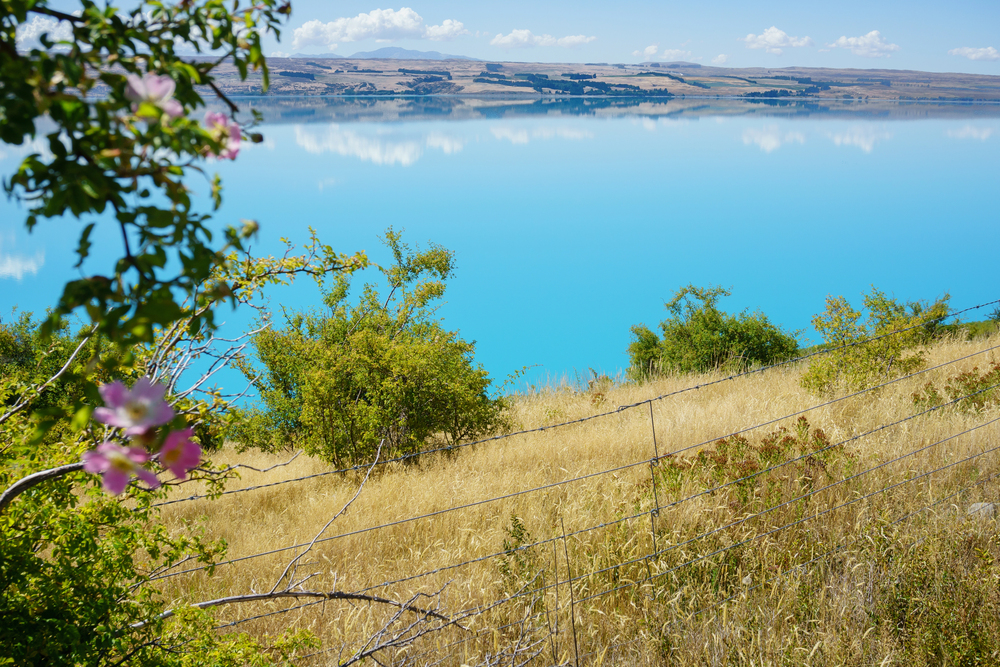
The South Island claims the crown for mountain majesty, with the Southern Alps creating a spectacular spine down its center. Snow-capped peaks rise dramatically from sea level to heights exceeding 12,000 feet, creating landscapes that serve as backdrops for countless films.
The sheer vertical relief from Milford Sound, where mountains plunge straight into dark waters, simply doesn’t exist in the North Island. Travelers seeking those jaw-dropping, pull-over-the-car-immediately mountain vistas overwhelmingly choose the South Island for this reason alone.
Geothermal Wonders
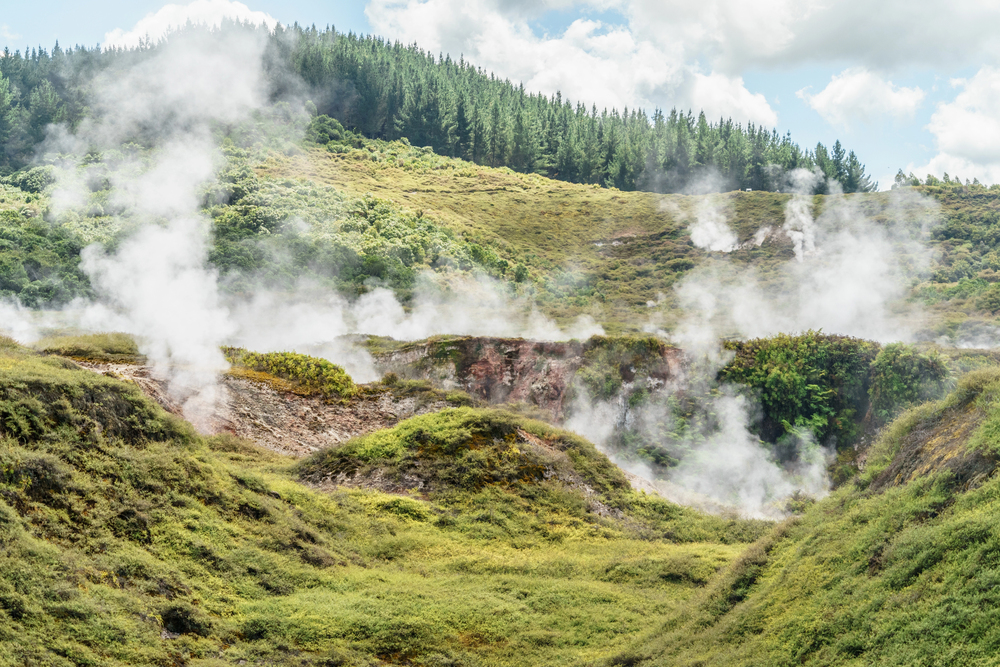
The North Island boasts extraordinary geothermal activity across its central plateau—something absent from the South. Rotorua’s steaming vents, bubbling mud pools, and vividly colored thermal springs create otherworldly landscapes that feel distinctly primordial.
The sulfuric scent hanging in the air becomes strangely familiar as travelers explore geysers shooting skyward on predictable schedules. This living, breathing landscape connection to the earth’s interior draws visitors fascinated by our planet’s fiery underbelly.
Like Travel Pug’s content? Follow us on MSN.
Maori Cultural Immersion
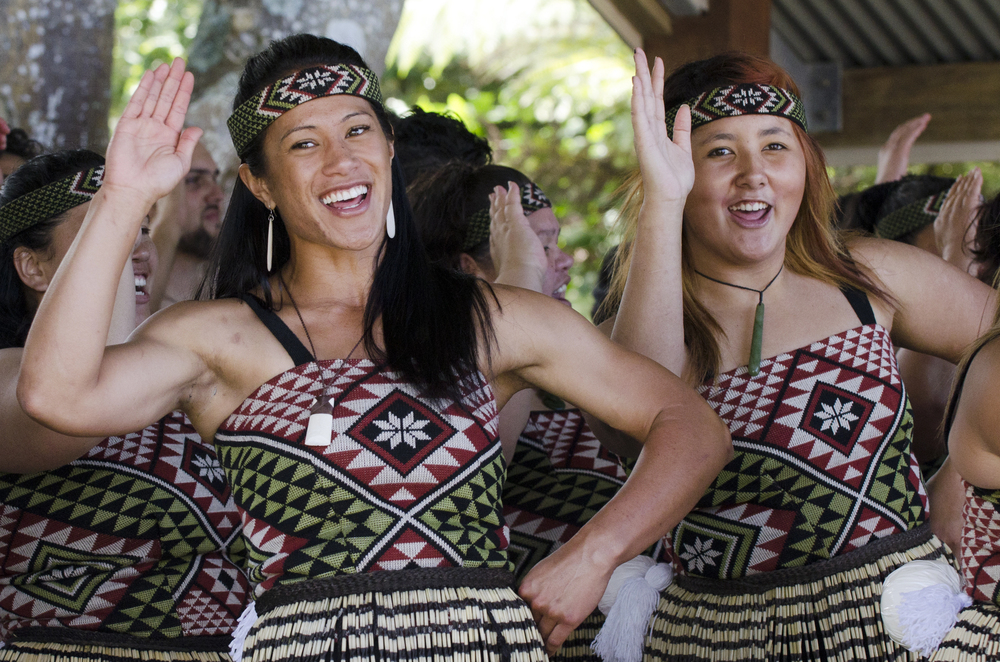
While Maori culture exists throughout New Zealand, the North Island offers more accessible and comprehensive cultural experiences. The traditional heartland of Maori settlement contains important sites like the Waitangi Treaty Grounds and numerous living cultural centers around Rotorua.
Travelers interested in Indigenous history, traditional performances, and authentic interaction with Maori communities typically find more opportunities on the North Island. The deeper cultural immersion becomes particularly important for visitors wanting to understand New Zealand beyond its natural beauty.
Wildlife Encounters
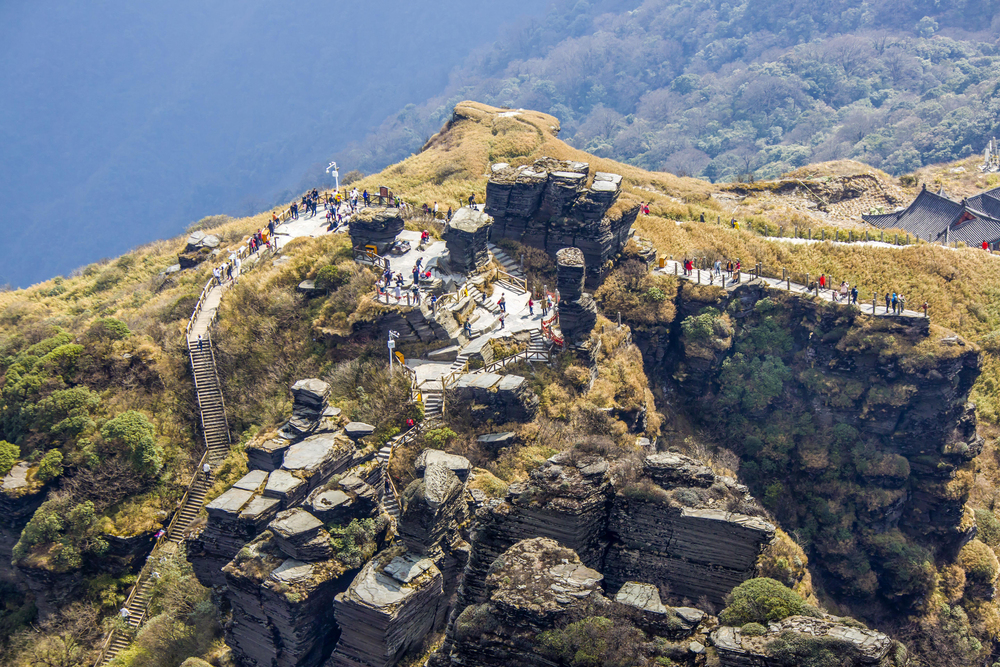
The South Island delivers superior wildlife experiences with opportunities to spot rare endemic species in their natural habitats. Kaikoura’s coastline offers reliable whale watching year-round, while the Otago Peninsula houses rare yellow-eyed penguin colonies and the world’s only mainland royal albatross breeding colony.
Travelers can observe fur seal colonies along rugged shores and perhaps glimpse the elusive kiwi bird in protected sanctuaries. Nature enthusiasts consistently choose the South Island for these remarkable wildlife encounters that simply aren’t available up North.
Adventure Activities

Queenstown on the South Island reigns as New Zealand’s undisputed adventure capital, offering concentrated thrills in one stunning lakeside setting. The birthplace of commercial bungee jumping continues offering heart-stopping activities from canyon swings to jet boat rides through narrow gorges.
The sheer density of adrenaline-pumping options within a small geographical area makes the South Island irresistible for adventure seekers. One town essentially offers everything from skydiving to winter sports, creating a playground for thrill-seekers of every variety.
Like Travel Pug’s content? Follow us on MSN.
Wine Regions

While both islands produce excellent wines, the South Island’s Marlborough region has gained worldwide recognition for its distinctive Sauvignon Blanc. The cool climate viticulture creates wines with vibrant acidity and intense flavors that have put New Zealand on the global wine map.
Central Otago’s dramatic mountain vineyards produce exceptional Pinot Noir at some of the world’s southernmost wineries. Wine enthusiasts gravitate south for these remarkable tasting experiences set against breathtaking backdrops of mountains and fjord-like sounds.
Accessible Beaches

The North Island offers more accessible and swimmer-friendly beaches with warmer water temperatures and gentler conditions. The Coromandel Peninsula dazzles visitors with perfect crescents of golden sand like Cathedral Cove, while the Bay of Islands provides countless sheltered swimming spots.
These beaches often feature pohutukawa trees providing natural shade—a distinct advantage over their southern counterparts. Sun-seekers and beach lovers typically favor the North Island for its more comfortable swimming conditions and a greater variety of coastal experiences.
Glacial Landscapes

The South Island’s accessible glaciers create experiences impossible to find in the North. Fox and Franz Josef Glaciers descend from alpine heights into temperate rainforest—a rare global phenomenon allowing visitors to witness these icy giants without extensive mountaineering skills.
While retreating in recent years, these rivers of ice still offer guided walks and helicopter landings that leave visitors awestruck. The chance to touch ancient compressed snow while surrounded by lush greenery remains a uniquely South Island experience sought by travelers worldwide.
Like Travel Pug’s content? Follow us on MSN.
Urban Experiences
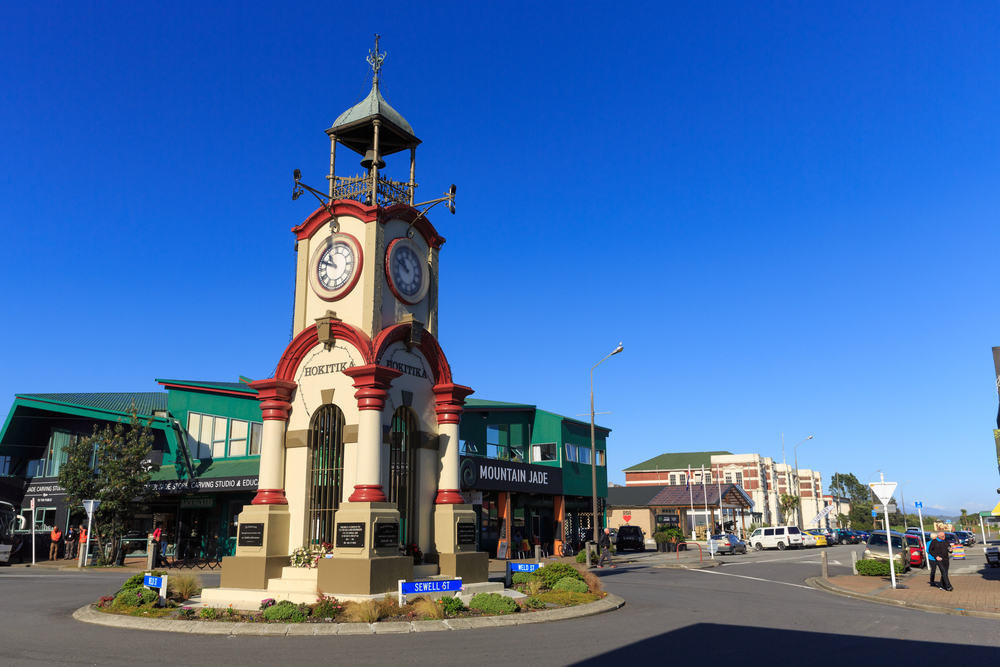
Auckland’s cosmopolitan atmosphere offers the North Island’s most comprehensive urban experience with diverse dining, cultural attractions, and harbor activities. The city sprawls across volcanic hills and wraps around two harbors, creating neighborhoods with distinct personalities and views.
Wellington, though smaller, punches above its weight with excellent museums, a thriving cafe culture, and a vibrant arts scene. Travelers seeking city comforts alongside their natural adventures typically allocate more time to the North Island for these urban interludes between wilderness experiences.
Lord of the Rings Filming Locations

While both islands feature in the famous film trilogy, the South Island hosts the most recognizable and dramatic locations. The golden tussock landscapes of Mackenzie Country became Rohan, while majestic mountain passes around Queenstown formed the backdrop for numerous scenes.
Dedicated fans make pilgrimages to these sites, often finding them remarkably unchanged and instantly recognizable even without computer enhancement. The South Island’s more extreme topography created the epic scale demanded by the films, drawing enthusiasts seeking to stand where their favorite scenes were filmed.
Driving Conditions

The North Island offers easier, less stressful driving experiences with gentler terrain and more consistent road conditions. Highways connect major destinations efficiently without the mountain passes and remote stretches common in the South. This accessibility makes self-driving holidays more relaxing for less confident drivers or those traveling with children.
The North Island’s more developed road network also means shorter drives between attractions—an important consideration for travelers with limited vacation time who want to maximize experiences rather than hours behind the wheel.
Like Travel Pug’s content? Follow us on MSN.
Weather Reliability

The North Island generally enjoys more predictable and milder weather patterns, particularly during shoulder seasons. Its northern latitude brings warmer temperatures year-round with less dramatic weather shifts than the South Island experiences.
This reliability becomes crucial for travelers with inflexible itineraries who can’t afford weather-related cancellations. The North’s climate advantage means outdoor activities face fewer disruptions, making it the safer choice for travelers concerned about experiencing everything on their carefully planned itineraries.
Crowd Density
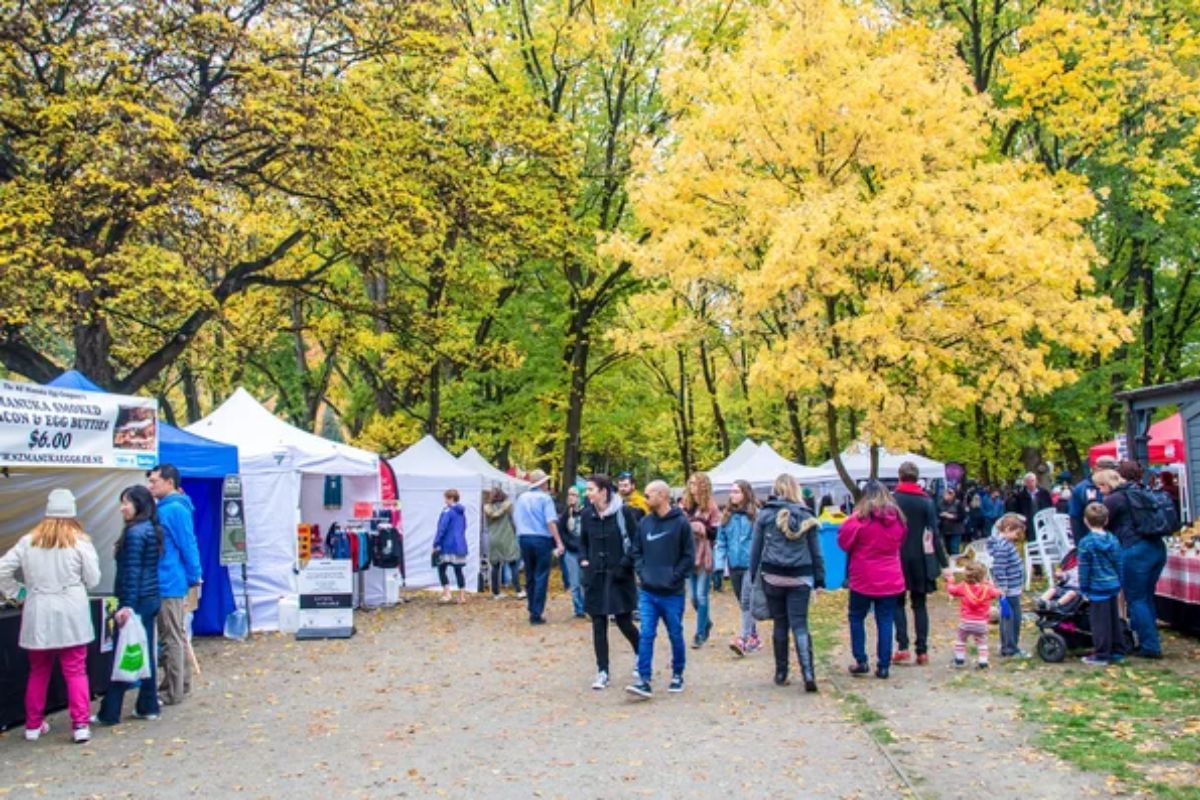
Despite containing roughly three-quarters of New Zealand’s population, the North Island’s tourist attractions often feel less crowded than the South’s iconic destinations. Popular South Island spots like Milford Sound, Queenstown, and Lake Tekapo attract intense visitor concentration, particularly during peak seasons.
Travelers seeking more breathing room and spontaneous accommodation options sometimes prefer the North Island, where tourism disperses more evenly across numerous attractions rather than concentrating on a few must-see locations that everyone visits.
Stargazing Opportunities

The South Island’s Mackenzie region contains the world’s largest dark sky reserve, offering astronomical viewing rarely experienced in our light-polluted world. The clarity and darkness of night skies around Lake Tekapo and Mount Cook allow visitors to witness the Milky Way in breathtaking detail, visible in plain sight.
Stargazing tours using powerful telescopes reveal celestial features impossible to see elsewhere, drawing astronomy enthusiasts and photographers seeking perfect night sky images. This cosmic connection remains a uniquely South Island experience that leaves visitors forever changed by their glimpse into the universe.
Like Travel Pug’s content? Follow us on MSN.
The Island-Hopping Verdict

Both islands offer exceptional experiences that rightfully earn their place on travelers’ wish lists—yet their differences remain pronounced enough to influence itinerary decisions. The South Island calls to those seeking dramatic landscapes, wilderness immersion, and adventure activities in alpine settings. Meanwhile, the North Island attracts travelers interested in cultural experiences, geothermal wonders, and accessible beaches alongside milder weather conditions.
The ideal solution, naturally, involves experiencing both—but allocating time between them depends entirely on your travel priorities and available time in this remarkable country at the bottom of the world.
More from Travel Pug

- Cities Growing so Fast You Won’t Recognize Them in 10 Years
- 13 Destinations Where Tourists Regularly Regret Their Trip
- 20 Obscure WWII Sites Even History Buffs Don’t Know About
- 10 Under-the-Radar Mountain Towns That Are Both Affordable and Beautiful
- Remote Villages in Europe Where You Can Live for Free in Exchange for Work
Like Travel Pug’s content? Follow us on MSN.
